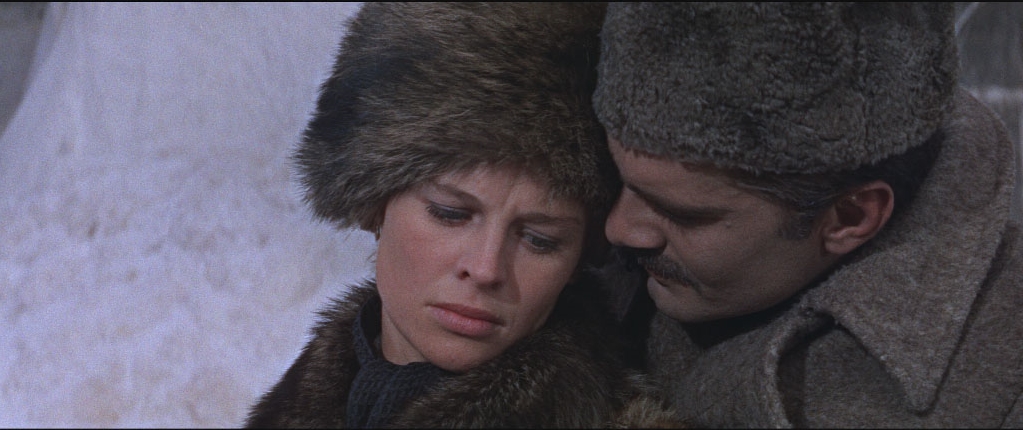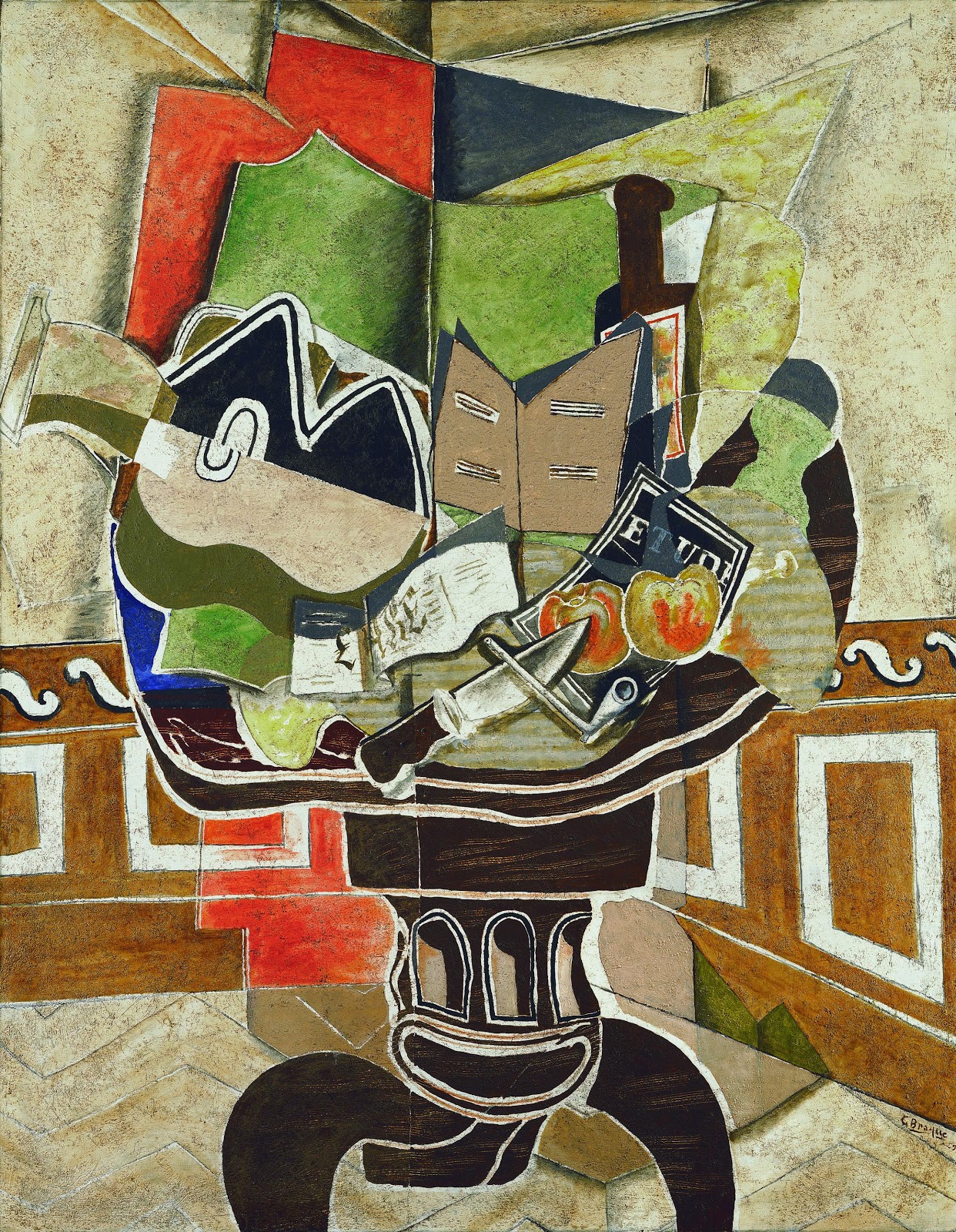Omar Sharif, the Egyptian matinee idol who enthralled audiences around the world with his performances in the sweeping David Lean epics Doctor Zhivago and Lawrence of Arabia, has died. He was 83.
Sharif, who also was known for playing the smooth gambler/con man Nicky Arnstein opposite Barbra Streisand in Funny Girl (1968) and its 1975 sequel, died of a heart attack this afternoon in a hospital in Cairo, his longtime agent Steve Kenis confirmed to The Hollywood Reporter. It was reported in May that Sharif had been battling Alzheimer's.










